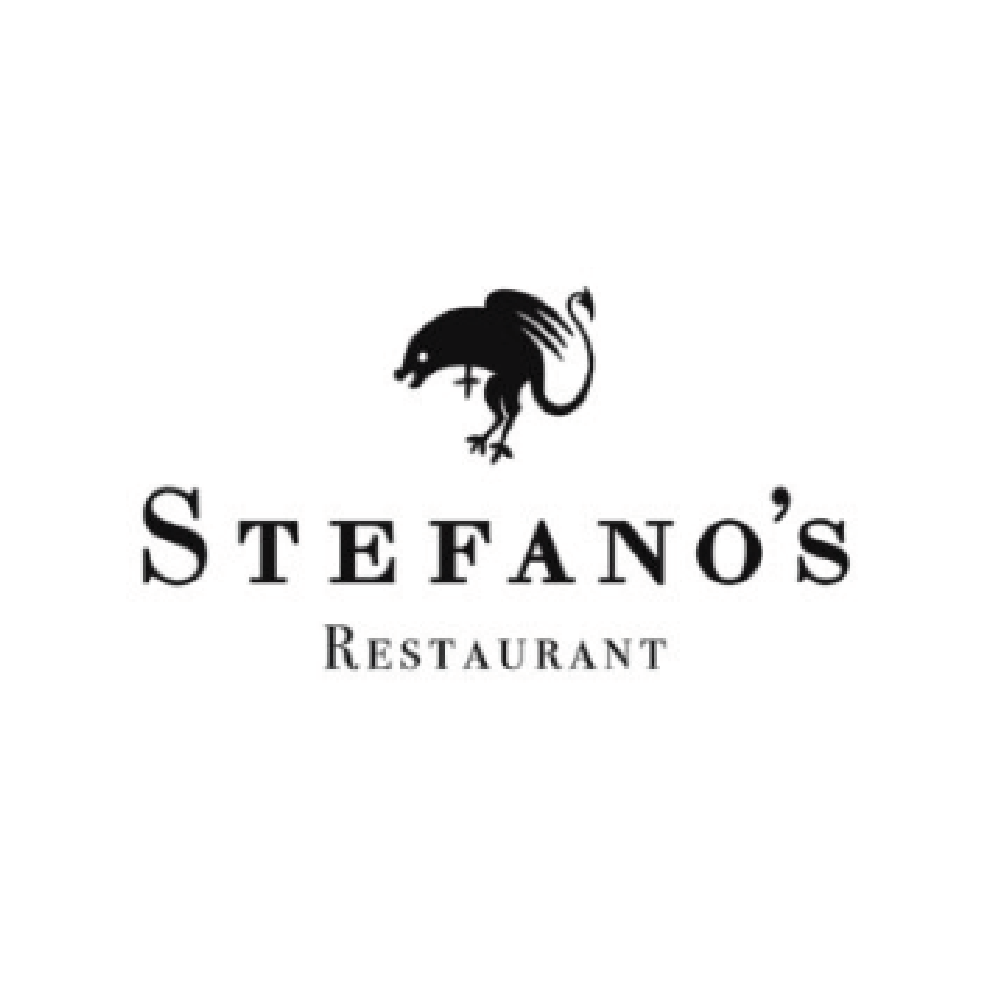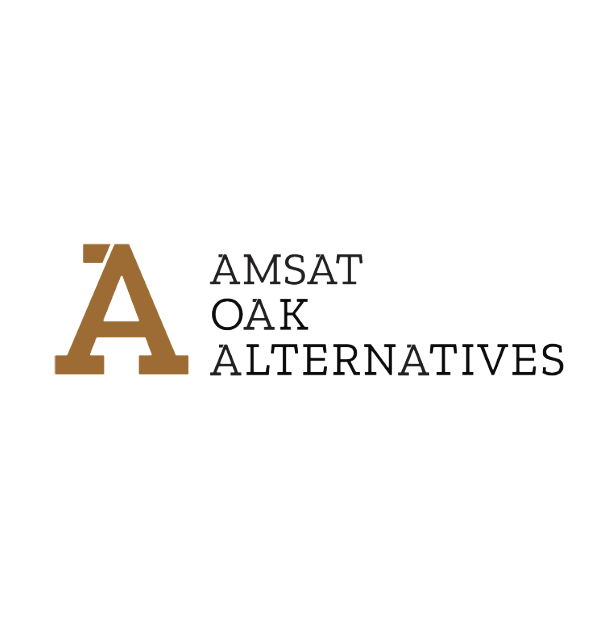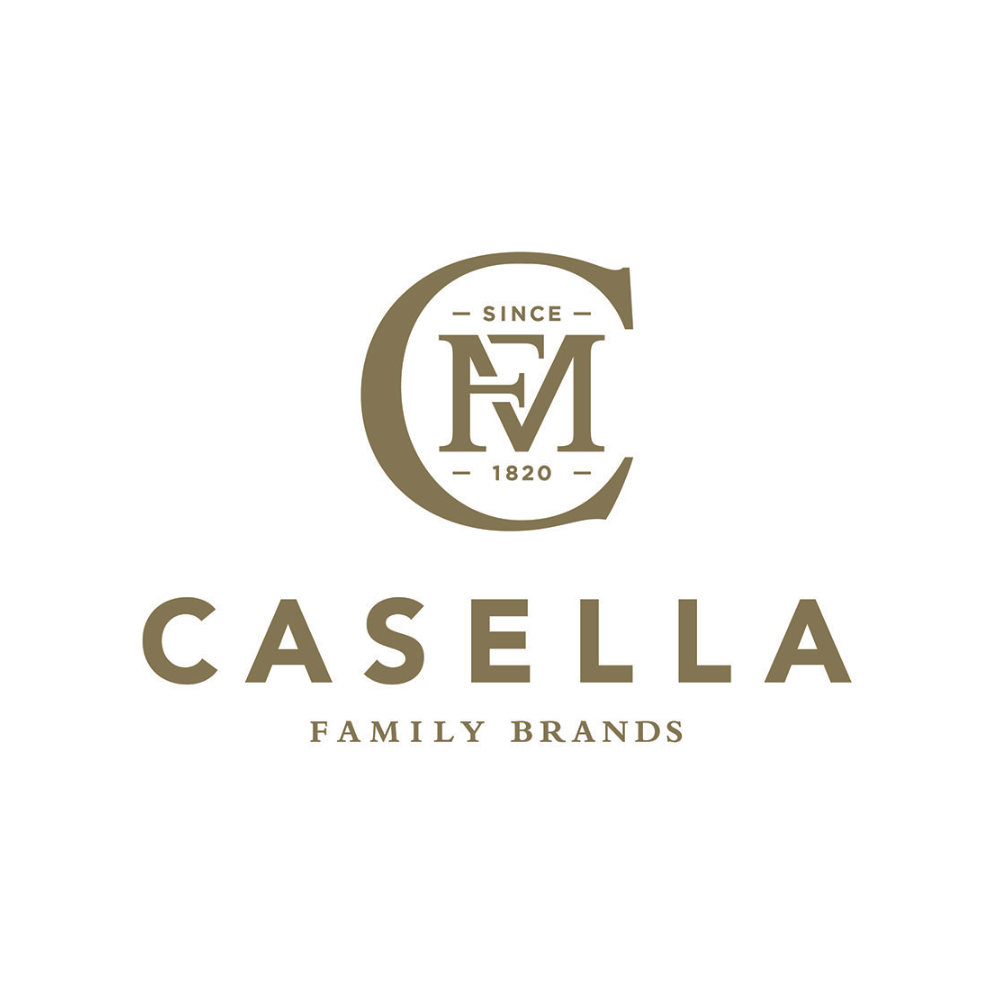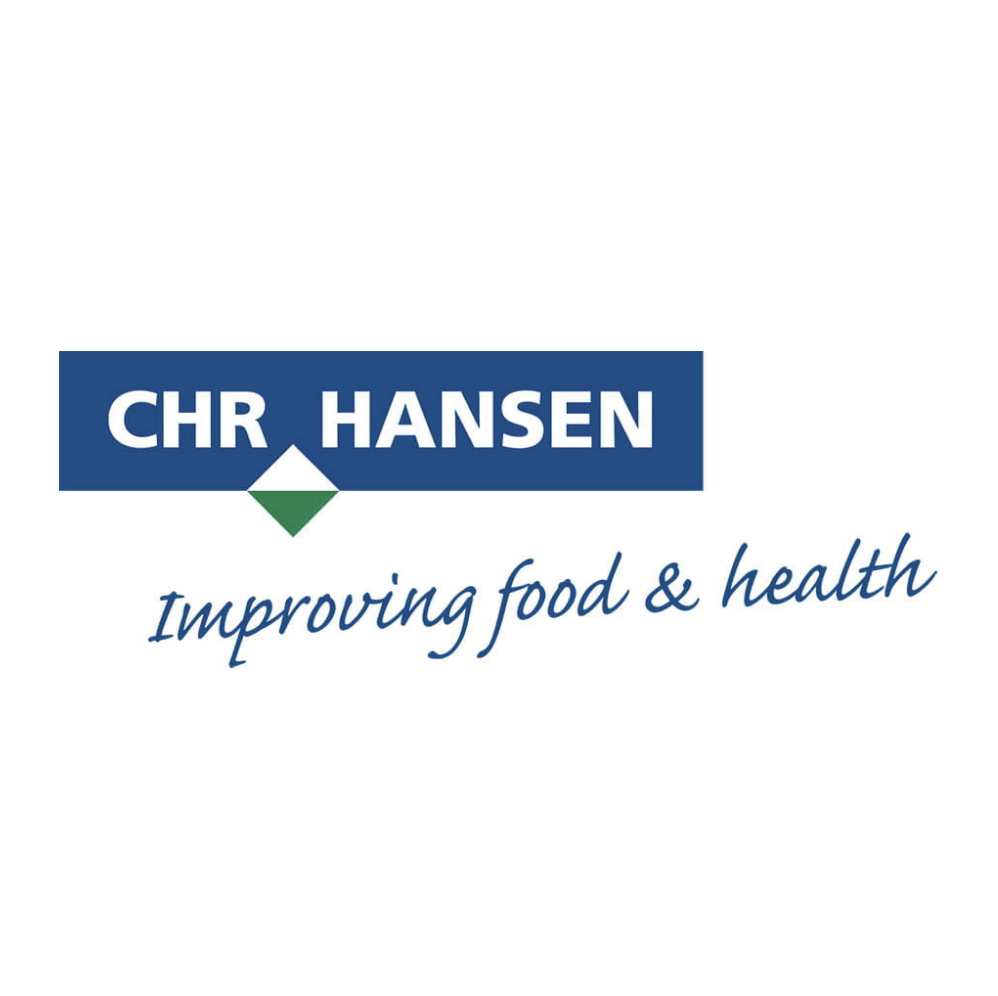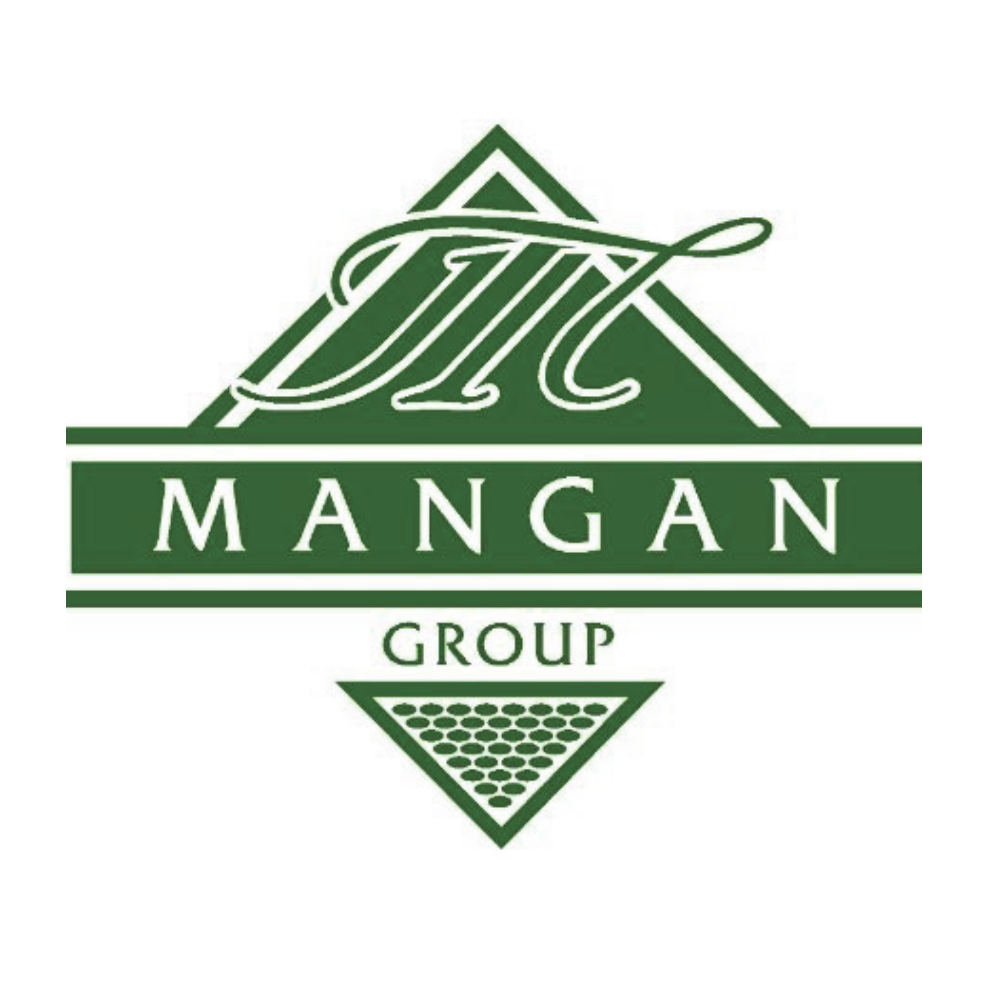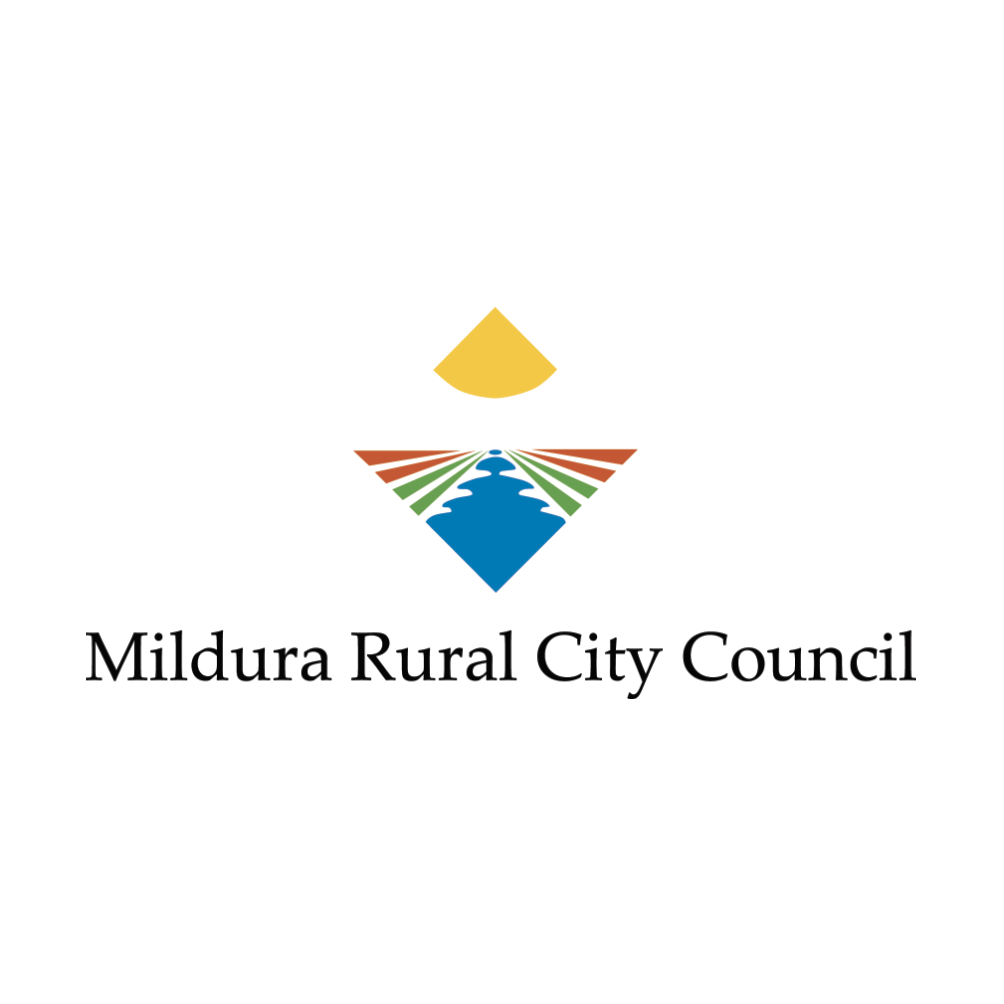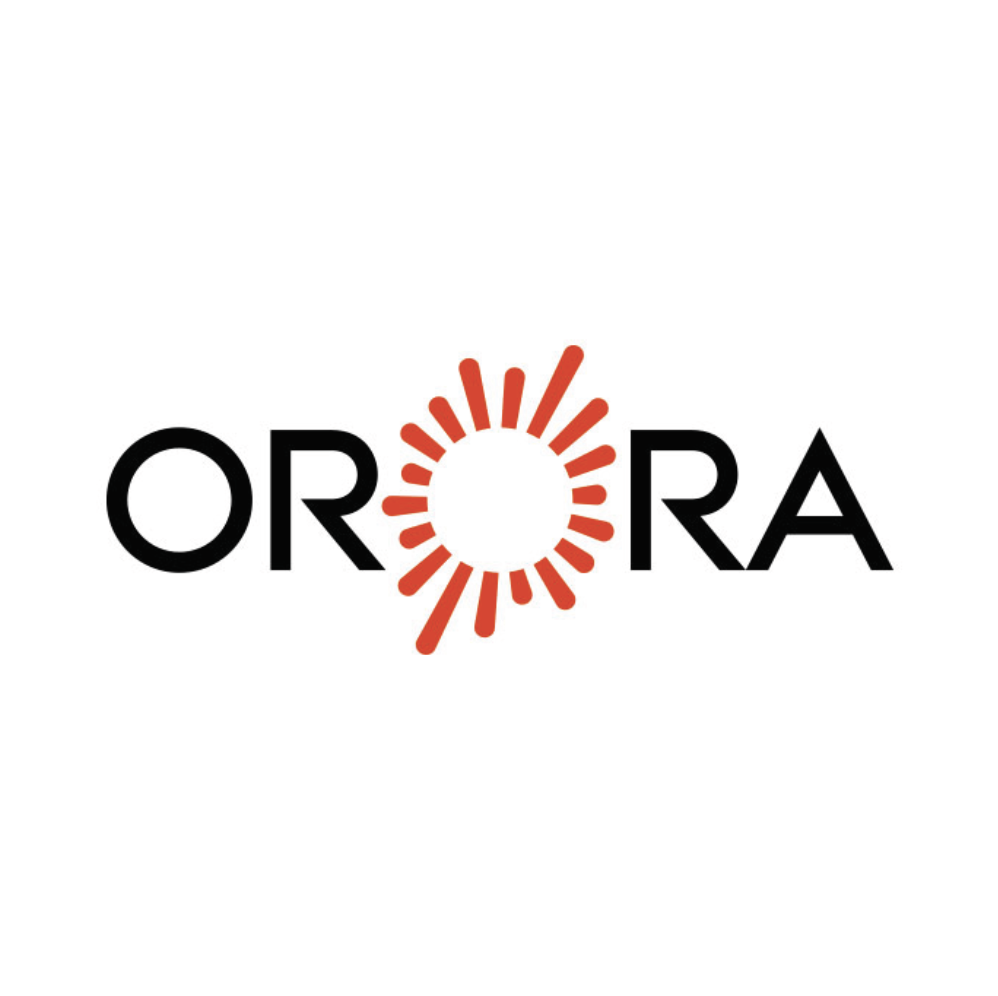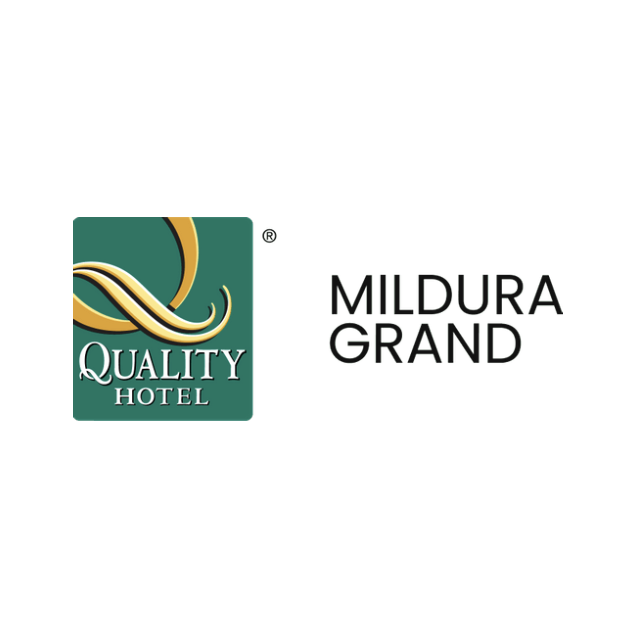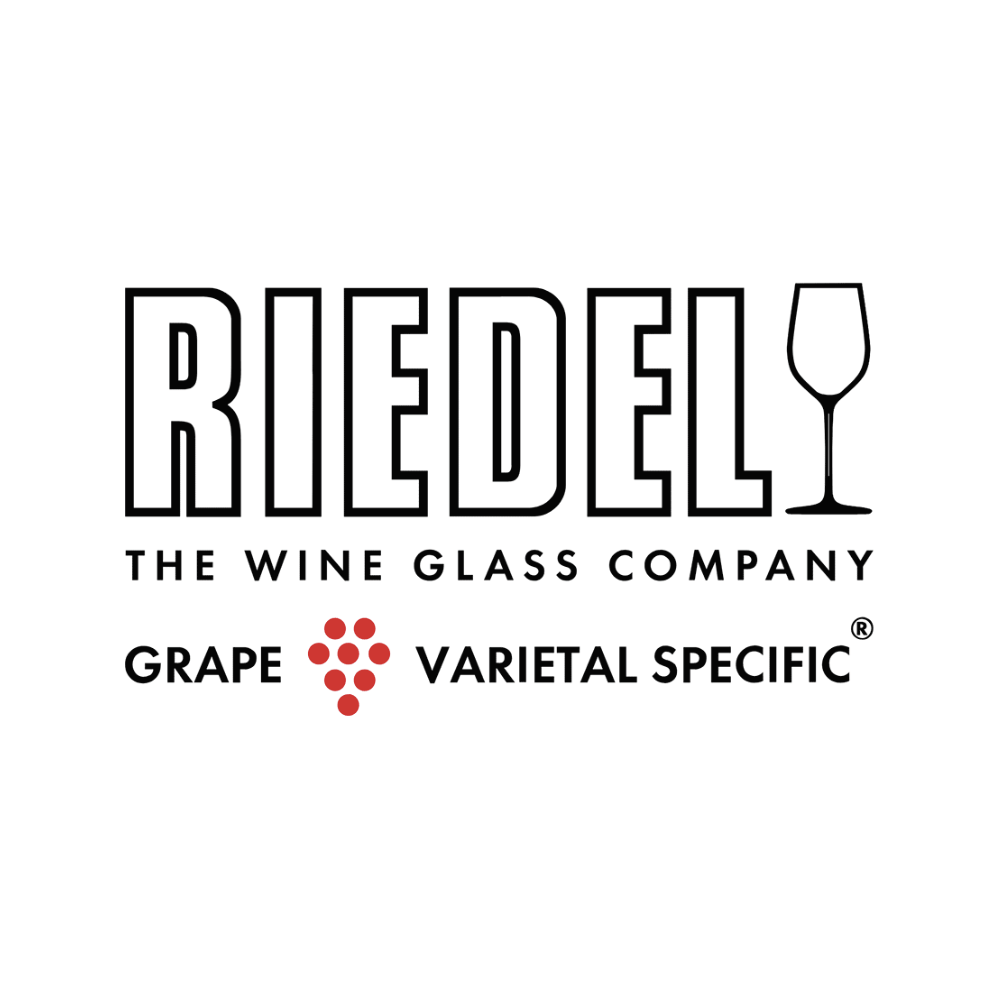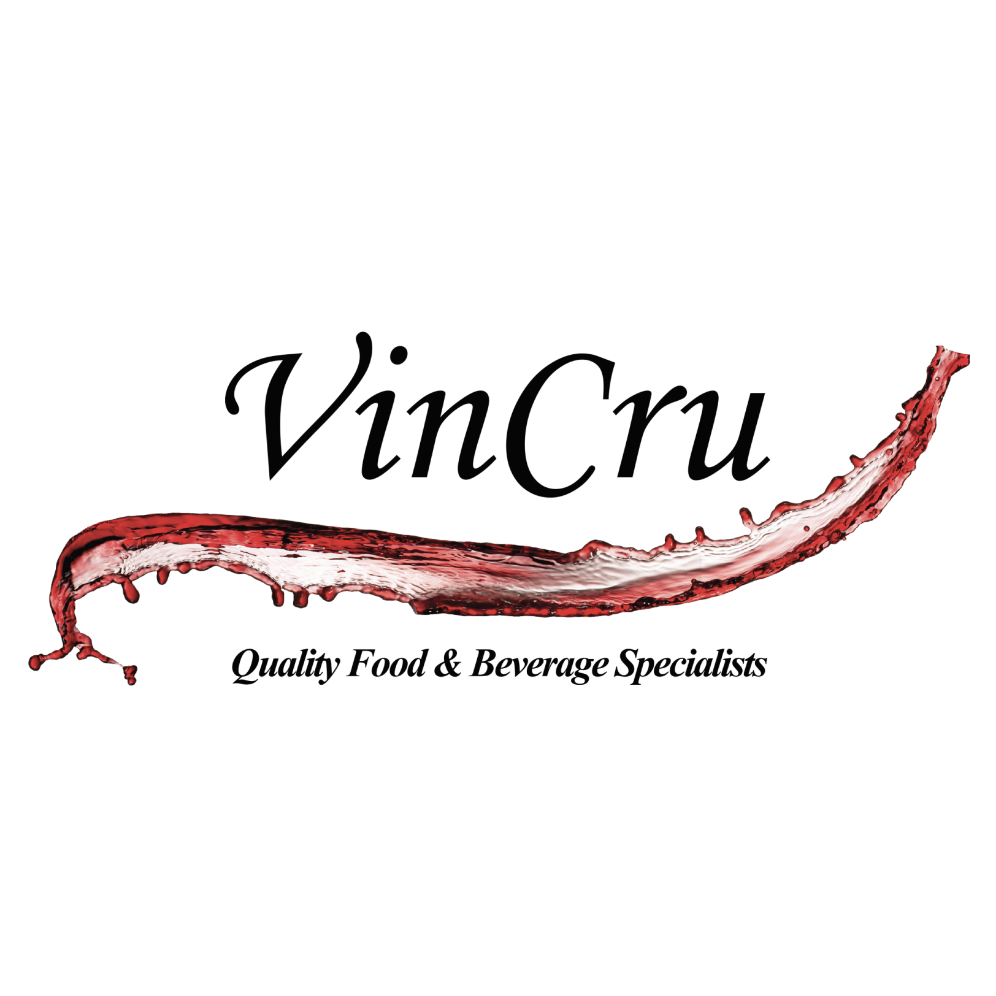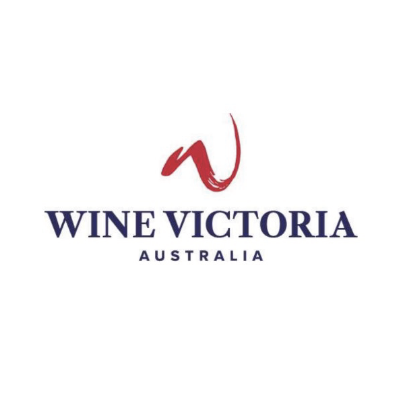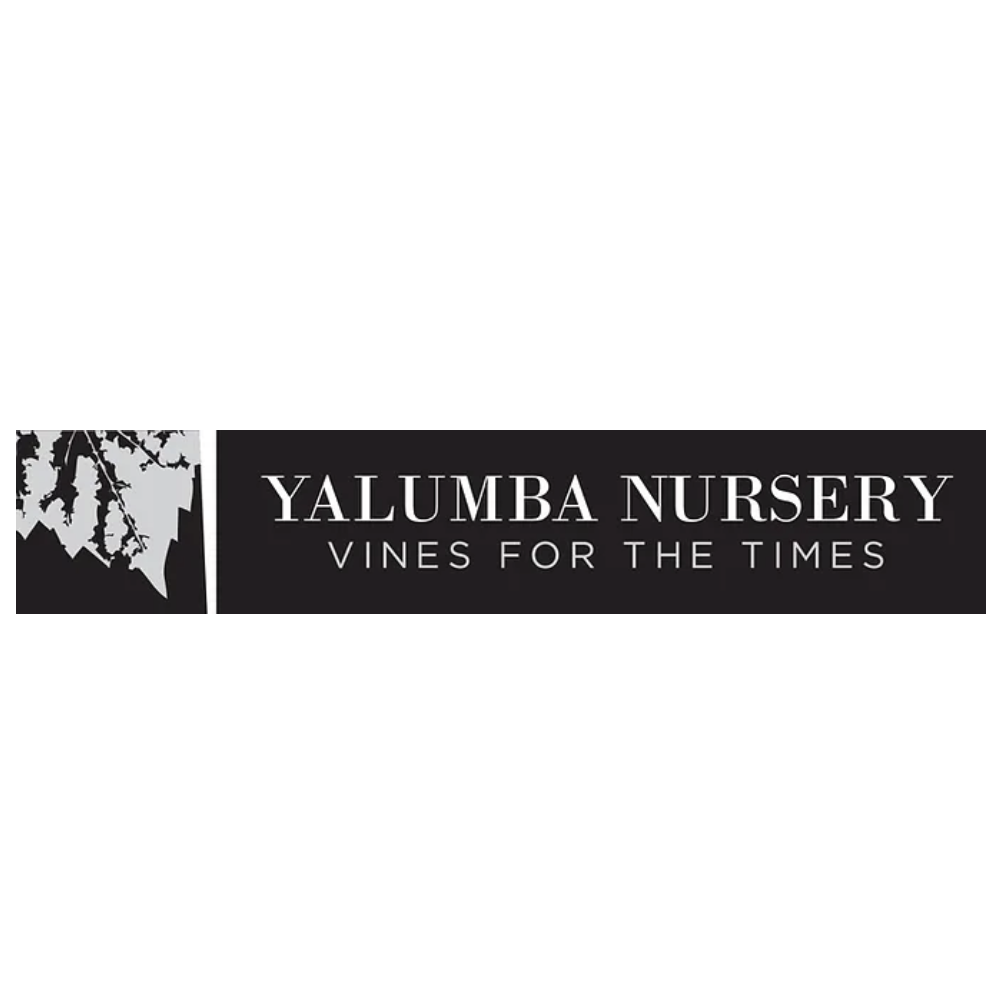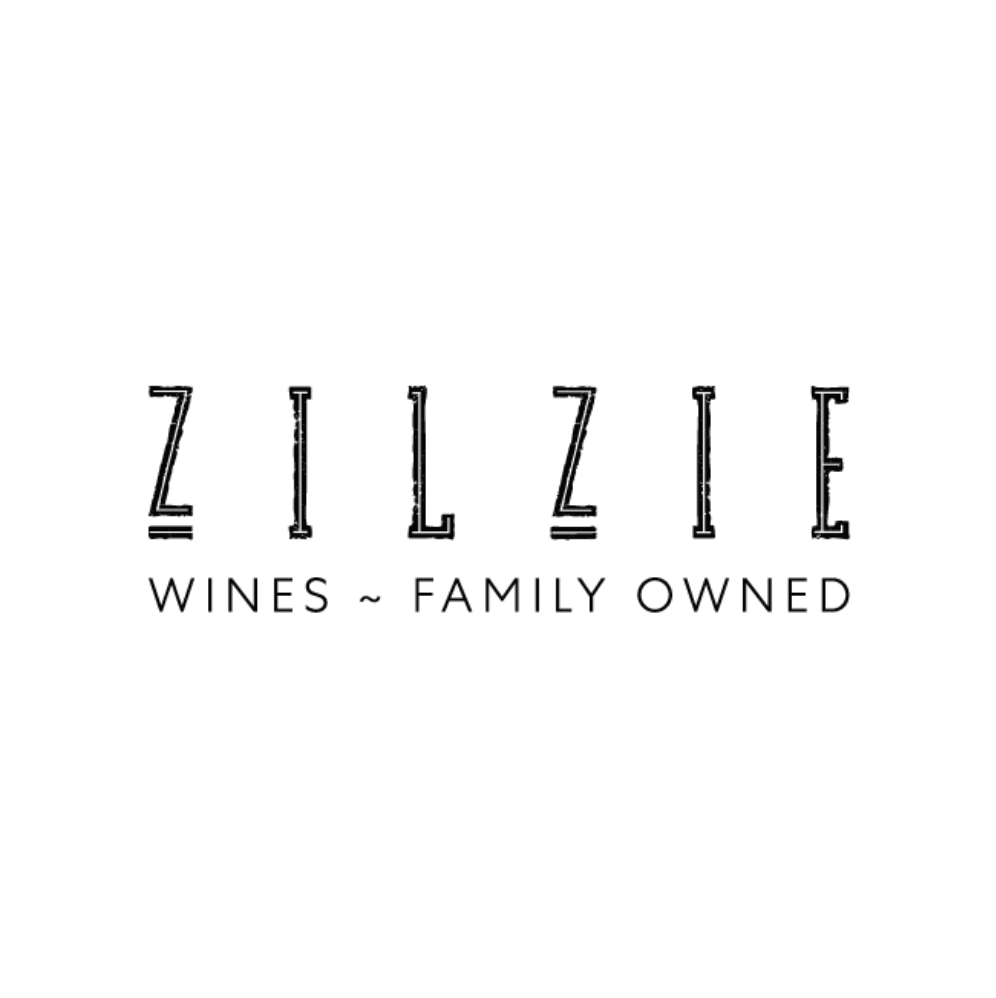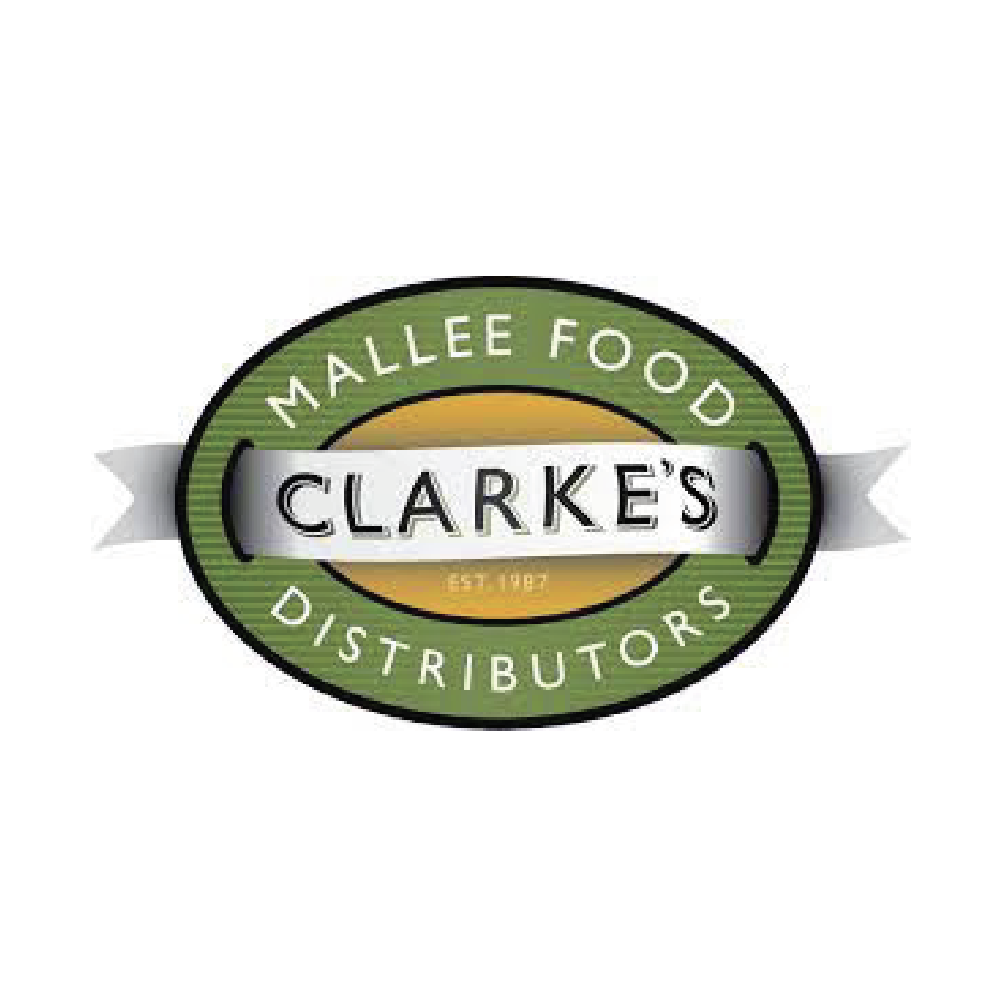1) EXCLUSIONS: Wines or blends made primarily from the varieties muscat gordo, white & brown frontignac (and their synonyms), pinot gris/grigio, prosecco, chardonnay, semillon, sauvignon blanc, cabernet sauvignon, pinot noir, merlot, shiraz, syrah, riesling, colombard, grenache, verdelho or durif are NOT eligible. However, the above varieties might be a minor (totalling less than 15%) component in a blended wine.
2) PLEASE NOTE: The entry system will deem your entry ineligible if your wine is less than 85% of an alternative variety/varieties.
3) Should a significant number of wines made from the same grape variety be received in any of the classes noted as other varieties or blends, the committee reserves the right to separate these wines into a new varietal class providing the stated variety is at 85% or more.
4) To be eligible for entry, a minimum of 25 dozen must have been produced.
5) Wines must be commercially available at time of entering.
6) All entries must be finished, bottled and labelled wines and from a commercial bottling run at the time of entry.
7) All wines in each class must be 100% grown and produced in Australia.
8) Wines entered into varietal classes must comprise a minimum 85% of the stated grape variety.
9) Wines entered into blended classes must comprise a minimum 85% of an alternative grape variety/varieties.
10) All wines must have been manufactured according to the FSANZ Food Standards Code or equivalent, in operation at the time they were made, and comply with the Wine Australia Label Integrity Program (LIP) regulations.
11) A person entering a wine must have the authority of the winemaker or company involved in the production of the wine. Confirmation of this may be requested if the person entering the wine is not the winemaker or a principal, executive or employee of the company that produced the wine.
12) The same wine must NOT be entered in more than one class. The exception being if that wine is one of the three vintages included as an entry in the Wines of Provenance class. Then it may also be entered in its appropriate varietal/blend class.
13) The Wines of Provenance class has unique conditions.
- Each entry in this class will consist of three different vintages of the same wine, from same vineyard, under the same label.
- This class is open to all styles and colours of wine.
- The three vintages entered must span at least 10 years with minimum of two years between entries. EG. Nebbiolo 2012, Nebbiolo 2015 and Nebbiolo 2021or Marsanne 2010, Marsanne 2012, Marsanne 2022.
- Please supply two bottles of each vintage.
- When completing the entry form, each submission, made up of three wines, is treated as one single entry. Please select NV for the vintage and do not use any vintages in the wine name area. You will have an additional space to write which vintages you’ve chosen to enter and a field called winemaking note to add any notes required. Please complete the variety, region, viticulture and winemaking information as a typical/average of the wine across the three vintages. Annual questions like harvest date, bottling dates etc need not be completed. Cases produced should be filled in based on an average production year.
- Your will need to print your labels twice (to accommodate two bottles per vintage) and append the entry ID number with the letters A, B & C – A being the eldest vintage to C the youngest.
14) Some trophies in the AAVWS are decided outside the ordinary scoring process. They are: Best Label Artwork, Stewards Choice Award, International Judges Wine to Watch, Chief of Judges Wine to Watch, Viticulturist Award and Provenance Award.
15) To qualify for all other trophies, a wine must be awarded a gold medal or top gold in its class.
16) Each year the committee chooses a selection of wines from those awarded gold medals plus the trophy wines to showcase at the following year’s Awards Long Lunch. If selected, we will inform you as soon as possible and we kindly ask that you send 15 bottles to the AAVWS.
17) All entries are final and refunds will not be issued for withdrawn entries or entries that do not arrive on time.
18) An entry fee of $90 per entry must be paid at the time of finalisation of the online entry form.
19) Four bottles of each entry will be required for submission to ensure enough wine if your entry gets through to trophy judging and for the Exhibitor Tasting. Left over wines are given to sponsors, stewards and the team in thanks for their contribution and any remaining wines are donated to wine education institutions.
20) Soon after the entry closing date entry delivery instructionsand entry ID bottle labels and an address label will be made downloadable for sending the four samples per entry to our depot by late October 2023.
21) Please endeavour to pack your wine samples in sustainable, recyclable packaging.
22) The tracking and arrival of wine show samples is the absolute responsibility of the entrant and no entry fees will be refunded for wines that do not arrive in time for the Show judging and any return of the samples will be paid for by the entrant.
23) The producer/winemaker of the Best Wine of the Show may be invited to sit on the AAVWS committee as an honorary member for 12 months.




